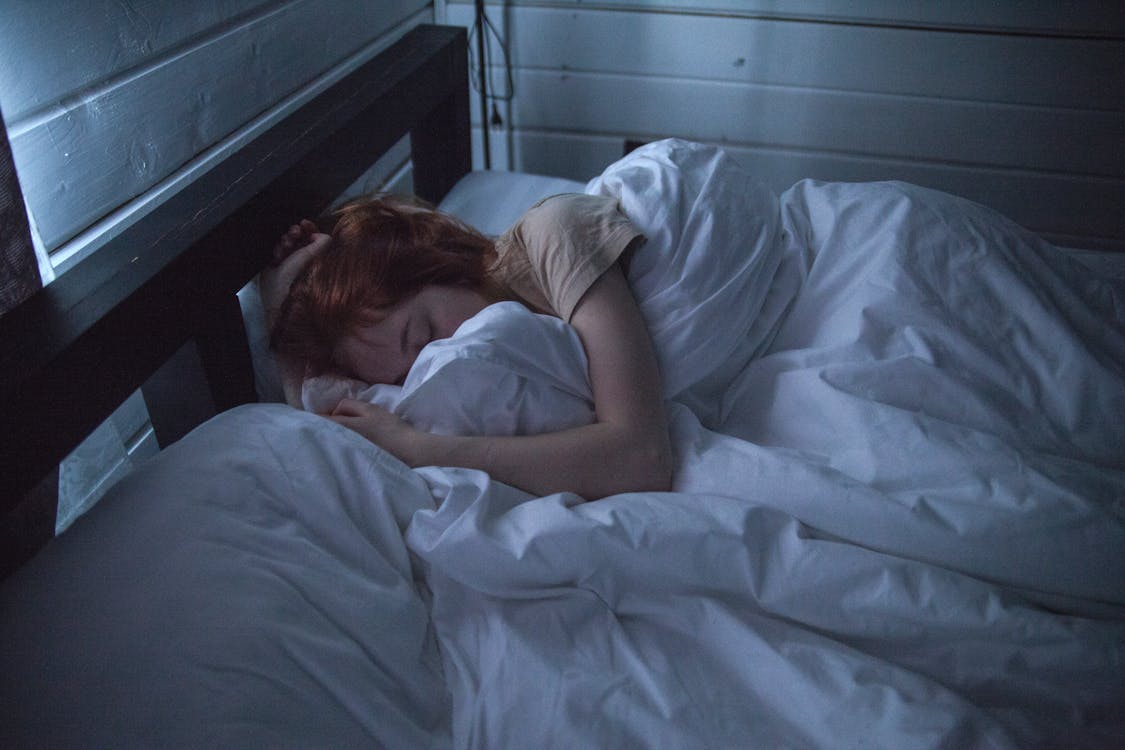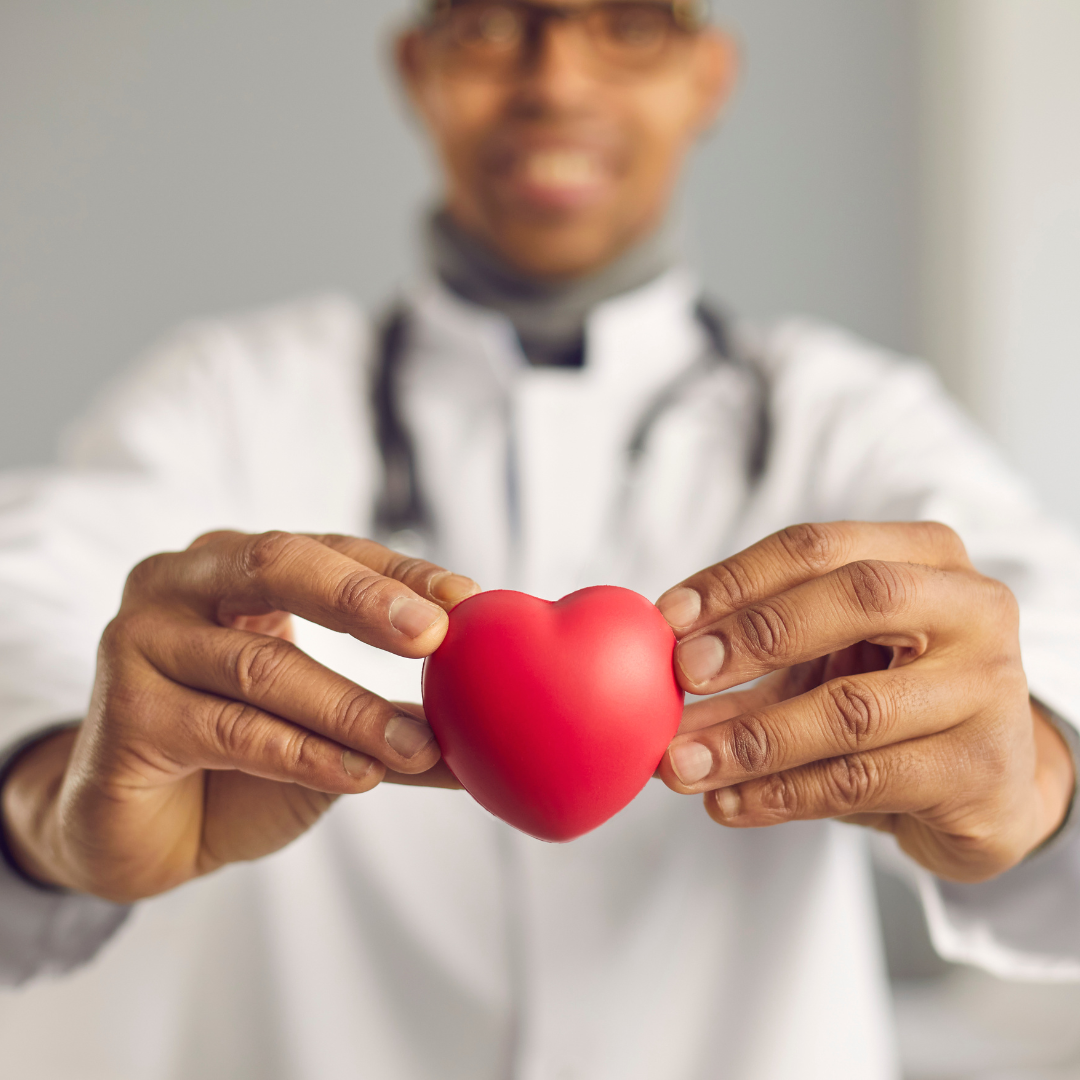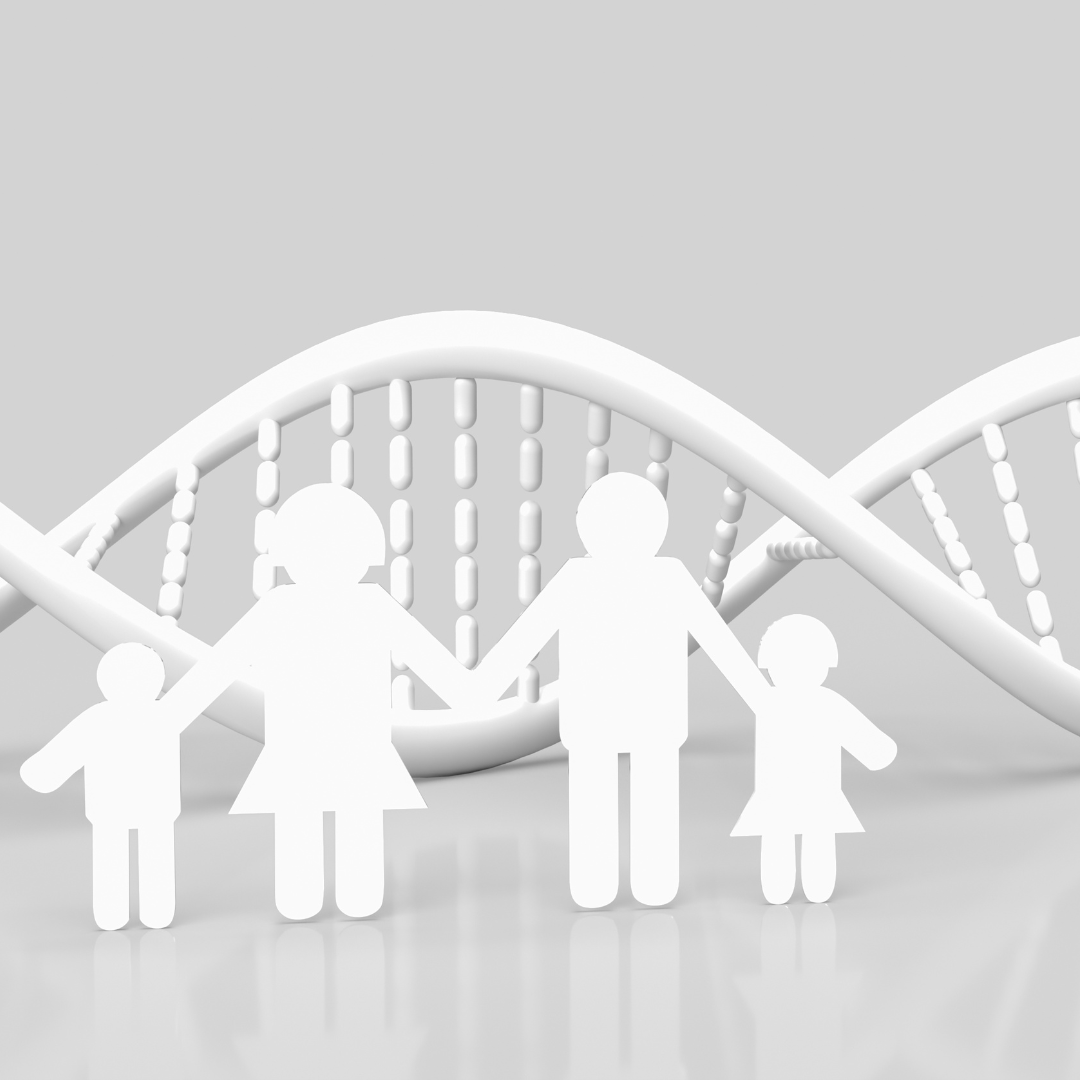
Seasonal affective disorder is a mental health condition and a form of depression that is colloquially known as the ‘winter blues’. Seasonal affective disorder treatment is important to seek out, because despite being referred to as the ‘winter blues’, seasonal affective disorder (or SAD for short) is much more serious than winter blues.
If you feel more depressed, lethargic and less motivated during the colder seasons, you could be suffering from SAD or seasonal affective disorder. If you feel your energy depleting and your mood significantly dropping once the colder and darker months of fall and winter arrive, you might have SAD. Less daylight, more darkness and frigid weather can affect your mental health and negatively impact your mood.
How Exactly Are You Diagnosed With Seasonal Affective Disorder?
Before you can find out which seasonal affective disorder treatment options suit you best, you have to be properly diagnosed with the condition. Your doctor or psychiatrist will have to determine whether you suffer from anxiety, depression or seasonal affective disorder. To be officially diagnosed with SAD, your mental health will have to be monitored for a few consecutive winter seasons to see if the same symptoms present themselves each year with the seasonal change.
Your doctor will most likely conduct a physical exam, blood work, laboratory work, and refer you to a psychiatrist to rule out any underlying health problems that could mimic the symptoms of SAD. Psychological evaluations are important for diagnosing SAD.
While you’re waiting for an official diagnosis of seasonal affective disorder, you can still try out various home remedies as treatment for the condition. This includes daylight imitating lightboxes (at-home light therapy) and vitamin D supplements.

Seasonal Affective Disorder Treatment: Why it’s Important
Seasonal affective disorder is a mental health condition that can affect your mood, your weight, your job, and put a strain on your relationships. Many people with Seasonal affective disorder also have disordered sleeping patterns, withdraw from their social groups, and lose motivation. Significantly less energy during the colder seasons is another symptom of SAD.
It is for these reasons that seeking out diagnosis and treatment is crucial. There are many home remedies for SAD, as well as professional treatment plans.
Traditional Treatment Options for SAD
The traditional and professional treatment options for SAD are often used in conjunction with home remedies. Some of the seasonal affective disorder treatment options most commonly prescribed by doctors include:
- Counselling
- Psychotherapy
- Cognitive Behavioural Therapy
- Phototherapy (light therapy)
- Oral medications
At-Home Treatment Options for SAD.
Fortunately, there are many at-home remedies that help alleviate symptoms of SAD that are completely safe to try out while you’re waiting for an official diagnosis. This means that even if it turns out you don’t have SAD and perhaps just have a mild case of the ‘winter blues’, there’s still no harm done by trying out the below remedies:
Invest in a Light Box for Light Therapy at Home
Since winter depression or seasonal affective disorder sets in due to the lack of sunlight, many say investing in a lightbox for home use will help. The Cleveland Clinic shares that 60 to 80% of their patients see improvement in their mood and disposition with an at-home light therapy device.
For this light therapy to work, you need to have 15 to 30 minutes of light therapy in the morning to notice improvements. And you must stay consistent with its use to prevent setbacks. Although you can purchase a lightbox without a prescription, it’s best to tell your physician about it so you can get the right amount of light and avoid eye strain or headaches.
Engage in Regular Exercise to Release Endorphins
Though it may be difficult to exercise when you’re feeling lethargic and out of whack due to SAD symptoms, it will help you fight the symptoms of SAD if you get up and move. Research proves that regular exercise helps with all types of depression because exercising releases endorphins, one of the key happy hormones necessary for improving your mood. Try the following forms of exercise for the best shot at a mood boost:
- Zumba classes with fun music
- Splash around in water aerobics classes
- Indoor rock climbing or scenic outdoor hiking
- Group fitness classes
You don’t have to run a marathon to get a great workout. Instead, choose fun activities that you enjoy and can get excited about. Create a workout playlist that lifts you up when you’re feeling down, or join group fitness classes that have an uplifting vibe.
Get a Himalayan Salt Lamp
Not only do salt lamps absorb and reduce indoor air pollutants (which is important if you keep your windows closed during winter), but these lamps also emit a very calming glow.
Himalayan salt lamps are great because their warm, pink glow helps put you at ease and promotes a feeling of warmth during frigid winters. Many people find the specific type of light emitted from salt lamps to be especially mood-boosting and calming.
Take Vitamin D Supplements
Since the lack of sunshine in winter affects the vitamin D stores in your body, taking a vitamin D supplement will help. Although you can purchase this product in any health food store without a prescription, it’s best to check with your physician to see how much you can or should take.
You can check for potential vitamin deficiencies with a CircleDNA test or a blood test. Besides boosting your mood, vitamin D can help improve your immune system and bone health (because vitamin D is needed for calcium to be absorbed by the bones).
Find Time to Go Outside and Catch Pockets of Daylight
Even when the weather outside is frightful, you can still enjoy pockets of time in the daylight with pockets of sunshine. Bundle up to stay warm, and go for a walk around the block during the day. Exposure to a little bit of sun will help alleviate your symptoms. Besides, a dose of fresh air may also help with other SAD symptoms such as brain fog and fatigue.

Eat a Balanced Diet
Most people with SAD crave junk food because they’re depressed. Unfortunately, indulging in starchy, sugary, salty, and preservative-laden food will only make you feel worse. For the sake of your wellness, you should instead focus on clean eating by consuming:
- Lean protein
- Leafy greens
- Berries
- Whole grains
- Brain superfoods such as walnuts and salmon
Don’t Suffer in Silence: Seek Professional Assistance
It can be helpful to vent your feelings to a family member, friend, or therapist. Don’t be ashamed to ask for help. It is not a sign of weakness to ask for support. In fact, it shows you are a strong person because you acknowledge there is a problem, and you are willing to be proactive and face it head-on. You should especially seek out professional counselling and medical treatment options if your mood has dropped to an alarmingly low level of sadness or depression.
Don’t brush it off as seasonal funk if you suspect that you’re at risk for SAD. Instead, reach out to your primary care physician. Even if you cannot get your official diagnosis of SAD right away, you can plan coping strategies and make lifestyle changes to alleviate the symptoms.
Depression, even if it is just seasonal, can drastically impact your life. The goal is to keep your mood steady all year round, which is why it’s vital to actively seek out seasonal affective disorder treatment.







This Post Has One Comment
Comments are closed.